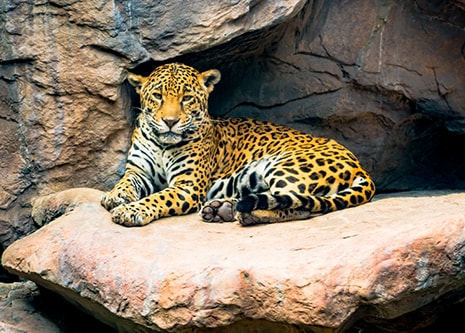
- VisitSupport Happy HollowDONATE TODAYExploreSupport Happy HollowDONATE TODAYLearnSupport Happy HollowDONATE TODAYSupport
-
Today's Hours: 10:00 am to 4:00 pm
Zoo on the HillNarragansett Turkey

Scientific name: Meleagris Gallopavo
Family: Phasianidae
Order: Galliformes
Class: Aves
Range: Native to Americas, Domesticated worldwide
Habitat: Urban
Lifespan: 7 – 10 yearsWhat do they look like?
The Narragansett turkey was developed in and named for Narragansett Bay, Rhode Island, most likely from a cross-breeding between wild Native Eastern turkeys and Norfolk Blacks. The Narragansett has plumage with black, gray, tan, and white feathers. It has a black beard, a horn-colored beak, and a mostly featherless head and neck which range in color from red to blueish white. Toms (male turkeys) weigh 22-28 pounds and hens (female turkeys) weigh 12-16 pounds.How do they behave?
Narragansett Turkeys are known for their excellent temperament combining a calm disposition with good maternal abilities, although toms can become aggressive as they age. Turkeys are known to exhibit over 20 distinct vocalizations. Individual turkeys have unique voices, this is how they recognize each other. Turkeys are intelligent and sensitive animals that are highly social.What’s on the menu?
Narragansett Turkeys are excellent foragers and will eat insects, crickets, and grasshoppers. When kept domestically, they are prized for requiring very little supplemental feed because they can find their own food. On farms they are typically fed corn and soybean meal, with added vitamins and minerals, and will receive additional protein, carbohydrate and fat adjustments based on age and nutrient requirements. At the Zoo, their diet includes turkey feed, mealworms, and lettuce.How are they born?
Maturing males spend a considerable proportion of their time displaying for potential mates. This involves erecting all body feathers, ‘sneezing’, and slowly strutting about, while making their characteristic ‘gobbling’ call. Females can lay up to 50 eggs per year, primarily during mating season which runs February through August. Baby turkeys, called poults, are unable to fly for the first couple weeks of their lives, the mother stays with them at ground level to keep them safe and warm until they are strong enough to all roost up in the safety of trees.What should you know about them?
Narragansett turkeys have traditionally been used as a source of food for humans. They are considered a heritage breed of poultry, meaning they still have natural behaviors and life cycles that are more like wild turkeys than domestic. Turkeys are native to the Americas and are thought to be one of the earliest domesticated species with evidence of them being raised for their meat, eggs, bones, and feathers found in both Aztec and Mayan ruins.Conservation Connection
Domestic turkeys have not been evaluated by the International Union for Conservation of Nature (IUCN) because they were bred by people and do not belong in the wild. Narragansett turkeys are on the Livestock Conservancy watch list. They were considered threatened in the past, but recently their numbers have increased as they have become a popular heritage breed across the United States. Farms and homesteaders that choose to raise heritage breeds contribute to livestock conservation and genetic diversity by preserving “at risk” breeds.
Zoo in the Hollow
Follow the crooked bamboo pathway down into the hollow and visit with some of the most amazing animals in the world. Where else in San José can you get up close to a stunning jaguar, lemur, meerkat or American alligator? Happy Hollow is dedicated to helping save species and preserve wildlife for future generations by participating in Species Survival Plan programs through the Association of Zoos and Aquariums.
See Animals
Education Ambassadors
From camps and classes to scout badges and sleepovers, Happy Hollow education programs have something for everyone! The zoo education program offers a broad range of hands-on, engaging programs and public presentations featuring education ambassador animals. These encounters are designed to connect you to wildlife and the conservation of their habitats around the world.
See AnimalsVisit Us Today
Plan an unforgettable experience at San Jose’s family-friendly park and zoo.
Learn More